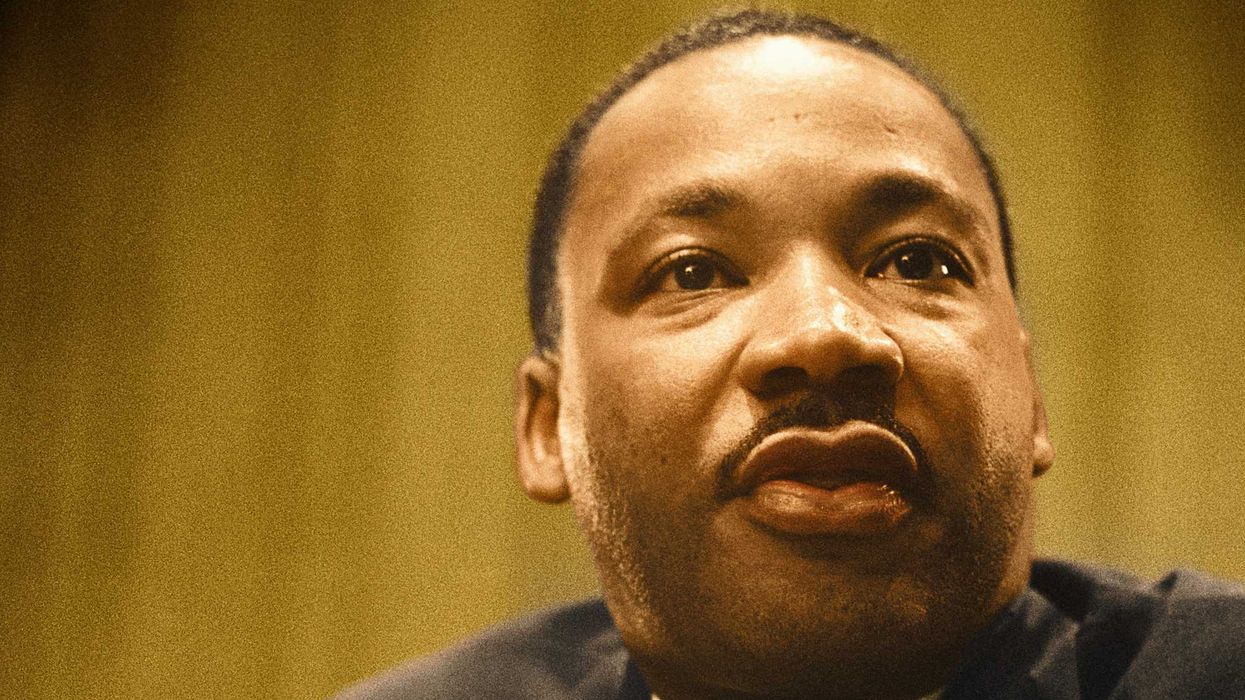On Friday, Donald Trump’s status as a convicted felon was made official in the New York courtroom of Judge Juan Merchan. As he handed down a sentence of “unconditional release,” the judge delivered a stern rebuke to the president-elect.
The New York Times reported that Merchan “acknowledged that “the office of president carries with it a “legal mandate,” but that it does not take away from the seriousness of the jury verdict….’Donald Trump the ordinary citizen,’ ‘Donald Trump, the criminal defendant,’” the judge suggested, “would not be entitled to the protections of the presidency…him from the seriousness of the verdict.”
What happened in the Manhattan courtroom was made possible when, the day before, the United States Supreme Court turned down the president-elect’s request that it enjoin his sentencing. The same day SCOTUS ruled, the ultra-conservative Eleventh Circuit Court of Appeals made headlines when it refused another of Trump’s requests.
It overturned the injunction issued previously by Federal District Court Judge Aileen Canon, preventing the public release of Special Counsel Jack Smith’s reports on Trump’s stolen documents and election interference cases.
But as Politico noted, it “left in place an order from U.S. District Judge Aileen Cannon — the judge in one of those cases — that in its current form bars Attorney General Merrick Garland from releasing the report through at least Sunday.”
Like Politico’s treatment of the Eleventh Circuit ruling, other commentators rushed to throw cold water on any fleeting sigh of relief brought by the Supreme Court decision. For example, as Vox’s Ian Millhiser pointed out, “Even in this low-stakes dispute, four justices dissented. That suggests there is strong support within the Court for reading the July immunity decision very broadly.” And, looking to the future, Millhiser warned, “(I)f any one of the five justices in the majority should flip their vote, Trump will prevail the next time this dispute arrives on the Supreme Court’s doorstep.”
But, even as we acknowledge the limits of last week’s court decisions, we should be attentive to the reality that defending the rule of law in dark times is an inch-by-inch, yard-by-yard endeavor. Every inch or yard defended or taken is important, not just to the success of the endeavor overall, but to the morale of those leading the struggle and their ability to resist giving up in the face of long odds.
Sustaining that work requires both a long-term perspective and a short-term willingness to appreciate victories whenever they occur. We can learn that from other legal struggles, including the work of cause lawyers who battled racial segregation and those who have opposed the death penalty.
I’ll say more about that in a minute, but before doing so, let’s recall what the president-elect’s lawyers wanted the Supreme Court to do.
They urged the Court to “enter an immediate stay of further proceedings in the New York trial court to prevent grave injustice and harm to the institution of the presidency and the operations of the federal government."
They offered a preview of coming attractions along the way and reprised the president-elect’s talking points. They claimed that an appeal they would subsequently file would “result in the dismissal of the District Attorney’s politically motivated prosecution that was flawed from the very beginning, violated President Trump’s due process rights, and had no merit.”
They urged the justices to extend their notorious criminal immunity ruling to cover the president-elect. As they put it, “(A) sitting President, or President-elect, does not have to subject himself in any case to an individual judge’s case-by-case balancing of the burdens on the Presidency—an inquiry that itself violates the separation of powers and the Supremacy Clause.”
Trump wanted the Court to hold that “the New York trial court lacks authority to impose sentence and judgment on President Trump—or conduct any further criminal proceedings against him.”
Four of the Court’s most conservative justices agreed. That’s the bad, but not surprising, news.
On the other hand, it is noteworthy and heartening that Chief Justice Roberts and Justice Amy Comey Barrett joined the Court’s three liberal justices in drawing a line in the sand. While lines in the sand don’t generally have great staying power, I think the New York Times’s Adam Liptak offered the right assessment in his reporting on the SCOTUS ruling.
In Liptak’s view, “(T)he 5-to-4 vote in the case… provided a vivid and telling snapshot of the court as it prepares to face a second Trump administration.” He suggested that Roberts’s “vote on Thursday was of a piece with the old Chief Justice Roberts, the one who cast the decisive vote in 2012 to uphold the Affordable Care Act…and the one who rebuked Mr. Trump when he went after a federal judge who had ruled against his administration’s asylum policy.”
Liptak also highlighted what he called Justice Barrett’s “independent streak” and concluded that “A snapshot is just a moment in time, and it does not predict what the future will bring. But there is some reason to think that it will not be all smooth sailing for Mr. Trump.”
Not “smooth sailing” does not offer a lot of reassurance for people worried about what they see as the president-elect’s authoritarian tendencies and whether the Court will be up to the task of reigning them in. But they should not write it off.
They should learn from the long struggles of lawyers who, in the 1930s, 40s, and 50s, worked against incredible odds to secure civil rights for Black Americans. They should also attend to the experience of lawyers working to end America’s death penalty in the 1970s, 80s, and 90s, at a time when public support for the death penalty was overwhelming, and courts were mostly hostile to their arguments.
One civil rights activist offers a valuable lesson for today’s advocates for the rule of law. "The persistence of a movement,” she rightly suggests, “comes down to the persistence of the activists." Michael Meltsner, an extraordinary activist, civil rights lawyer, and death penalty abolitionist, adds that such persistence requires remembering “a different time, one which will come back to us.”
Those comments are a reminder that action in the face of injustice is sustained by hope. As the Reverend Jesse Jackson advised an earlier generation of activists, “(H)ope, faith and dreams will help you rise above the pain. Use hope and imagination as weapons of survival and progress.”
That hope can only be sustained if we celebrate victories whenever they come.
In my research on death penalty lawyers who practiced from the mid to the late twentieth century, I heard much about that need. They often talked about the work of “redefin(ing) success.”
“Wins in terms of getting people off death row are very rare, and getting new trials are also very rare,” one lawyer told me. “So you set your sights keeping your client alive from stay to stay, getting through an execution date, keeping your client alive.”
Another said, “(T) the people I represent, they basically live their lives from stay to stay. They know the death penalty is not going to go away, so they live in 30-day increments. And you are successful every time you buy them an additional 30 days.”
In the struggle for justice, he observed, “You start looking at winning and losing in different ways.”
With that in mind, let those who are now in the trenches doing battle to save the rule of law treat last week’s SCOTUS and Eleventh Circuit decisions as “different” kinds of wins. Doing so will help sustain the necessary and arduous work that likely lies ahead for them and all of us.
Austin Sarat is the William Nelson Cromwell professor of jurisprudence and political science at Amherst College.




















